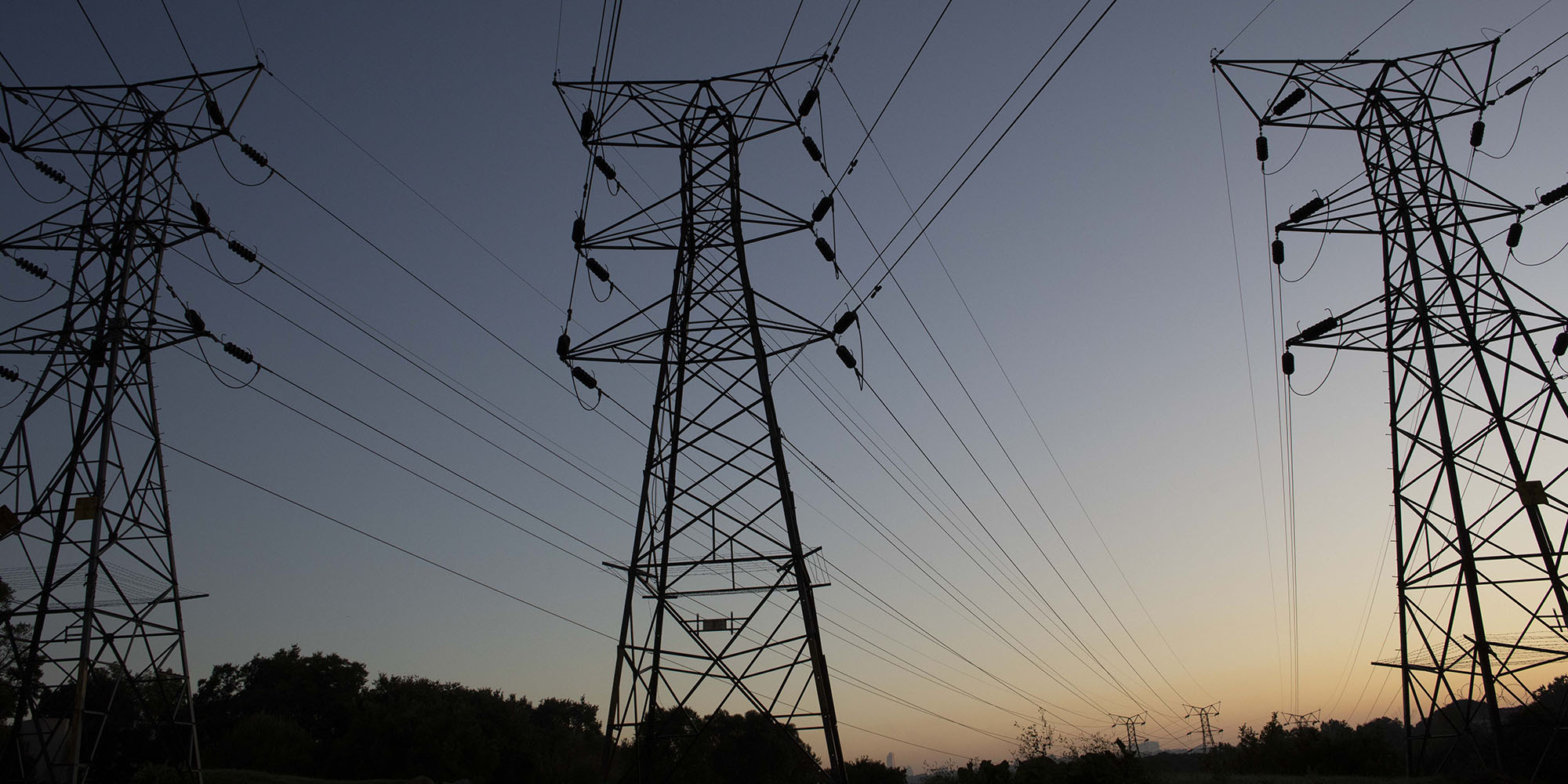Below, we look at Eskom’s load shedding stages and what they mean.
What stage of load shedding is SA currently on?
Eskom is currently implementing Stage 5 load shedding from 5am to 4pm daily, and Stage 6 from 4pm to 5am daily. The power utility said this would continue until “further notice”.
#Loadshedding Reminder
Wednesday, 19 April 2023
Stage 5 loadshedding will continue to be implemented at 05:00 - 16:00 daily, while Stage 6 loadshedding will be implemented at 16:00 - 05:00 daily until further notice. Eskom will publish when there is any significant changes.
— Eskom Hld SOC Ltd (@Eskom_SA) April 19, 2023
If you live in Cape Town, you may be experiencing lesser stages of load shedding. On 19 April, City of Cape Town customers were experiencing Stage 4 and Stage 6 power cuts. (You can check @CityofCT on Twitter for regular load shedding updates).
Joburg City Power customers were experiencing Stage 5 and Stage 6 load shedding on 19 April. (You can check @CityPowerJhb on Twitter for regular updates).
What do the load shedding stages mean?
According to information on Eskom’s website:
- Stage 1 means that up to 1,000MW needs to be cut from the grid. Customers can expect to be shed (ie, switched off) up to three times over a four-day period for two hours at a time, or three times over an eight-day period for four hours at a time.
- Stage 2 means that up to 2,000MW needs to be cut from the grid. Customers can expect to be shed up to six times over a four-day period for two hours at a time, or six times over an eight-day period for four hours at a time.
- Stage 3 means that up to 3,000MW needs to be cut from the grid. Customers can expect to be shed up to nine times over a four-day period for two hours at a time, or nine times over an eight-day period for four hours at a time.
- Stage 4 means that up to 4,000MW needs to be cut from the grid. Customers can expect to be shed up to 12 times over a four-day period for two hours at a time, or 12 times over an eight-day period for four hours at a time.
- Stage 5 means that up to 5,000MW needs to be cut from the grid. Customers can expect to be shed up to 12 times over a four-day period: nine times for two hours and three times for four hours.
- Stage 6 means that up to 6,000MW needs to be cut from the grid. Customers can expect to be shed up to 12 times over a four-day period: six times for two hours and six times for four hours.
- Stage 7 means that up to 7,000MW needs to be cut from the grid. Consumers can expect to be shed up to 12 times over a four-day period: three times for two hours and nine times for four hours.
- Stage 8 means that up to 8,000MW needs to be cut from the grid. Consumers can expect to be shed up to 12 times over a four-day period for four hours at a time.
Each of the time periods has an additional 30 minutes added to allow for the switching of networks in a way that will not damage the system. This means that customers in two-hour load shedding blocks may be without power for two hours and 30 minutes at a time.
Is there any correlation between the load shedding stage and the number of hours you are without power?
No. “There is no correlation,” according to Eskom. “Any correlation to the stage and the number of hours is purely coincidental.”
Did we silently move beyond Stage 6?
Last Thursday, during the evening peak, Eskom had an energy availability of 23,771MW against a demand of 30,747MW. The power utility then shed 7,072MW from the grid, prompting concerns that we had moved beyond Stage 6 load shedding.
Read more in Daily Maverick: Clarity blackouts — is Eskom keeping SA in the dark about Stage 8 load shedding?
However, speaking to Daily Maverick on Sunday, Eskom interim spokesperson Daphne Mokwena said: “It is not true that we have implemented Stage 8 load shedding. On the day in question, Eskom load shed at Stage 6, 5,719MW, and also called for Stage 4 load curtailment, 1,353MW, from participating customers who responded by reducing their own load.”
What is load curtailment?
Load curtailment is when — on instruction from Eskom — large industrial customers reduce their electricity consumption to balance the system.
“Importantly, load curtailment is not rotated but remains implemented for the full duration of the event. For example, when load curtailment is implemented for 36 hours, the customers are required to reduce their demand continuously for the full 36 hours,” Eskom explained. DM





